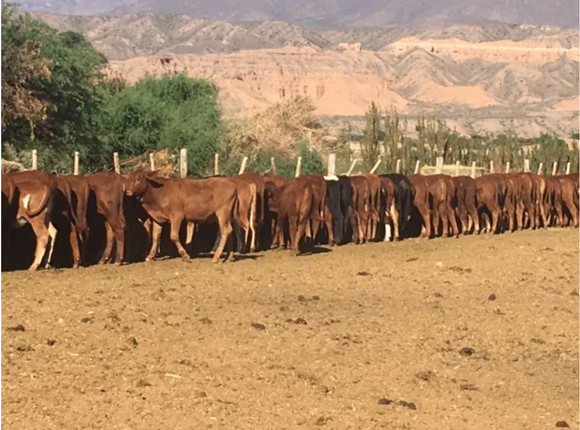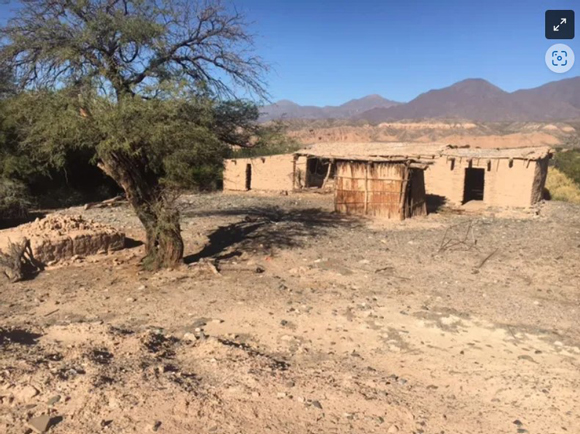Yesterday, for no apparent reason, our computer stopped working. It wouldn’t turn on. We pressed the button…we held it down…we punched it. We prayed. We rocked the computer back and forth…caressed it tenderly…then gave it a whack and made sure it was fully charged…
But what could we do?
The tools of the modern age are black boxes. You can’t ‘open the hood’. You can’t tinker with a silicon chip. You can’t do anything. If they don’t work, you are SOL.
Back in the ’60s…if something didn’t work, we would take it apart. In old cars, for example, you could disassemble the carburettor, clean it…and put it back together. So too, the ‘points’ could be bent a little…cleaned with steel wool…and returned to service. Spark plugs, same story. And you could take one out and see for yourself if it was sparking.
Then, you checked to see if the fuel was getting to the engine. Was the fuel pump working? It was easy to find out…just disconnect the fuel line and turn the key…the fuel should come spurting out. Were the filters clogged? Just take a look.
If you had fuel…and you had spark…something was going to happen.
No spark
But yesterday, we had neither fuel nor spark. Well, we didn’t know what we didn’t have; it just didn’t work…and there was nothing we could do about it.
The tech fates were clearly against us. For not only did our computer refuse to do its job, the airwaves were suddenly empty too. No signal.
No signal, no phone. No phone, no internet. No internet, no contact with the outside world. We had been ‘cancelled’…disappeared from active life on the worldwide web.
What could we do, but rejoin the real world?
We went for a walk.
Antonio was feeding the calves. The ‘chango’ (young man) who usually does the job was occupied with the cattle on the other side of the river. Antonio, the foreman, had to do it himself:
|
|
| Source: Bill Bonner |
The rolls of hay are tightly wound. So, you have to dig at them with a pitchfork to break some of the hay off, then you put it into the concrete trough. It’s a lot of work, and it must be done twice a day.
‘Why not just put the bales in the corral and let the calves eat them that way; that’s what we do with the horses?’
‘The vet says it is better this way. We don’t want the calves using their energy to fight with each other. The strong ones will circle the bales and the weak ones – the ones that need it – won’t get anything to eat.
‘They gain almost a kilogram per day…if we feed them right. And then we can sell them.’
We continued our walk…kicking up dust…over a couple of small hills…picking our way through the thorns…and then, on a bluff not far from the main house, overlooking the valley, was what we were looking for — the wreck of a modest dwelling.
We finished the little chapel on this visit. All that remained was the floor. And for that, we made a cross of super-hard quebracho…laid down a border of stones, set on end…and then filled in with flattish stones in cement.
The effect is not as elegant as we had hoped. The sand was too coarse and left us with a gritty, uneven surface. No matter. We will either get to like it…or put a thin level of pure cement on top, profiled around the stones, next year.
But now, we are ready for another project.
Sleeping rough
When the family came this year, we were a little short on space. One couple…two sons and a grandson…a family friend — all came at the same time. And the nearest hotel is a half-an-hour away. If any more had come, they would have had to sleep outside.
So…on to the bunkhouse!
|
|
| Source: Bill Bonner |
We went to explore. Trashy. Holes in the roof. Bent beams. Crumbling adobe bricks. Dirt floor. Perfect! A nice place to turn into a bunkhouse for grandchildren. We have seven of them so far…with another scheduled for 21 April. (Today, we begin our trip back to Dublin to lend support to the family.)
Poking our head into one of the rooms, we spied a huge, black growth on the wall. We were still wondering what it was…moving closer to the blob, which was about the size of a kitchen stove…when we realised we had made a mistake. There was a loud buzzing noise…and we were soon under attack. The bees came at us like kamikaze dive bombers…swooping down…grazing our cheeks and then circling around for another attack.
In a flash, we were on the move…followed by a swarm of bees. We flashed across the yard, like the British at the Battle of New Orleans, we ran through the briars, and we ran through the brambles…using our hat as a rear guard, swatting at them to keep them away. We dove between two lines of wire fencing and then ran down the hill.
The bees kept after us; we remembered that we kept an emergency shot of epinephrine in the pickup. But none stung. It was as if they were just trying to run us off…to warn us not to come back. We had run about 50 yards, swinging at the air around us…until the last bee finally called off the chase.
First order of business: as soon as the temperature drops…the bees have to go.
Then, when we return next March, we can get to work…preferably with at least one sturdy grandchild to help.
We’ll keep it simple. Rustic. Authentic. Two bunks in one room. Two in the other. Stone floors. Unclad adobe walls. Cane on the roof, covered by mud. A bathroom. A little solar electricity. Piece of cake.
But that is for next year.
With heavy hearts, we leave the valley this morning. Its bright Sun…its eccentrics…its challenges — we will miss them all. We are headed for Buenos Aires. There, we will meet our old friend, Doug Casey, before leaving for Dublin.
Stay tuned…
Regards,
 |
Bill Bonner,
For The Daily Reckoning Australia



